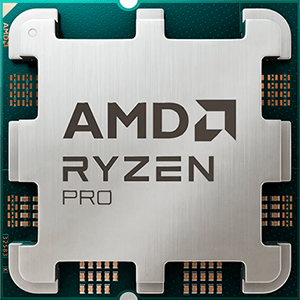Intel Core i3 5005U vs Apple M2 Pro
Wir vergleichen zwei notebook-CPUs: 2 Kerne 2.0GHz Intel Core i3 5005U und 12 Kerne 3.5GHz Apple M2 Pro . Sie werden erfahren, welcher Prozessor in Bezug auf Benchmark-Tests, Haupttechnische Daten, Leistungsaufnahme und andere Informationen besser abschneidet.
Hauptunterschiede
Intel Core i3 5005U Vorteile
Niedriger TDP (15W gegenüber 30W)
Apple M2 Pro Vorteile
8 Jahre später veröffentlicht
Höhere Spezifikation des Arbeitsspeichers 6400 gegenüber 1600
Größere Speicherbandbreite (204.8GB/s gegenüber 25.6GB/s)
Neuere PCIe-Version (4.0 gegenüber 2.0)
Höhere Basistaktung (3.5GHz gegenüber 2.0GHz)
Modernere Fertigungsprozesse (5nm gegenüber 14nm)
Bewertung
Benchmark
Geekbench 6 Single-Core
Intel Core i3 5005U
652
Apple M2 Pro
+306%
2650
Geekbench 6 Multi-Core
Intel Core i3 5005U
1295
Apple M2 Pro
+1002%
14275
Blender
Intel Core i3 5005U
13
Apple M2 Pro
+1846%
253
Geekbench 5 Einzelkern
Intel Core i3 5005U
486
Apple M2 Pro
+308%
1986
Geekbench 5 Mehrkern
Intel Core i3 5005U
1087
Apple M2 Pro
+1267%
14863
Passmark CPU Einzelkern
Intel Core i3 5005U
1145
Apple M2 Pro
+259%
4116
Passmark CPU Mehrkern
Intel Core i3 5005U
2017
Apple M2 Pro
+1202%
26265
Grundlegende Parameter
Jan 2015
Veröffentlichungsdatum
Jan 2023
Intel
Hersteller
Apple
Notebook
Typ
Notebook
x86-64
Befehlssatz
ARMv8
Broadwell
Kernarchitektur
Apple M2
i3-5005U
Prozessornummer
-
BGA-1168
Sockel
Apple M-Socket
HD Graphics 5500
Integrierte GPU
Apple M2 Pro GPU (19-core)
Package
-
Transistoren
40 billions
14 nm
Herstellungsprozess
5 nm
15 W
Thermal Design Power (TDP)
30 W
105 °C
Maximale Betriebstemperatur
100°C
CPU-Leistung
2
Performance-Kerne
8
4
Performance-Kern-Threads
8
2.0 GHz
Performance-Kern-Basistaktung
3.5 GHz
-
Energieeffiziente Kerne
4
-
Energieeffiziente Kerne Threads
4
-
Energieeffiziente Basistaktfrequenz
2.4 GHz
2
Gesamtzahl der Kerne
12
4
Gesamtzahl der Threads
12
20x
Multiplikator
-
64 K per core
L1-Cache
192 K per core
256 K per core
L2-Cache
32 MB shared
3 MB shared
L3-Cache
-
No
Freigeschalteter Multiplikator
No
Speicherparameter
DDR3L-1600, LPDDR3-1600
Speichertypen
LPDDR5-6400
16 GB
Maximale Speichergröße
32 GB
2
Maximale Anzahl an Speicherkanälen
4
25.6 GB/s
Maximale Speicherbandbreite
204.8 GB/s
No
ECC-Unterstützung
No
GPU-Parameter
true
Integrierte Grafik
true
-
GPU-Basistaktung
450 MHz
850 MHz
Maximale dynamische Taktfrequenz der GPU
1398 MHz
-
Shader-Einheiten
2432
-
Textur-Mapping-Einheiten
152
-
Raster Operations Pipelines
76
-
Ausführungseinheiten
304
-
Leistungsaufnahme
35 W
-
Maximale Auflösung
7680x4320 - 60 Hz
-
GPU-Leistung
6.8 TFLOPS
Sonstiges
2.0
PCIe-Version
4.0
12
PCIe-Lanes
-
SSE4.1, SSE4.2, AVX-2
Erweiterte Befehlssätze
-









